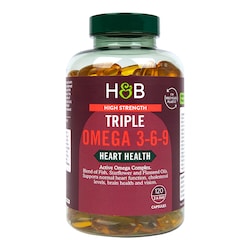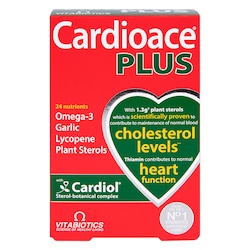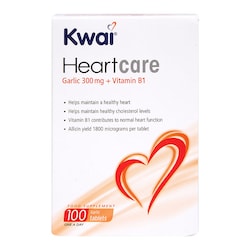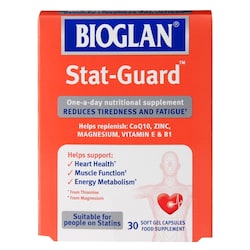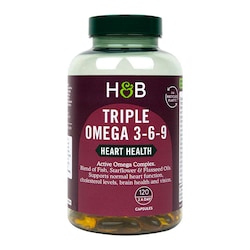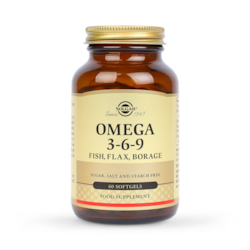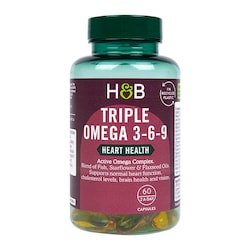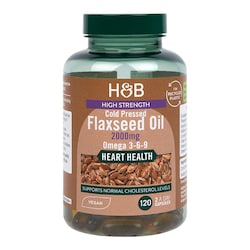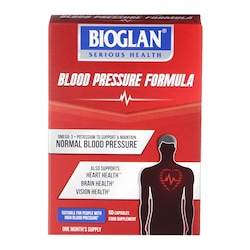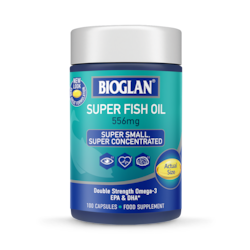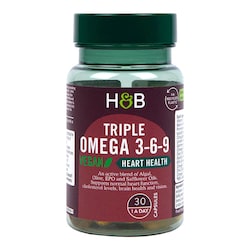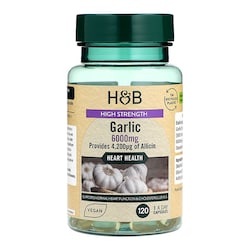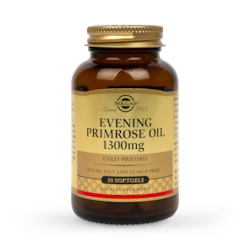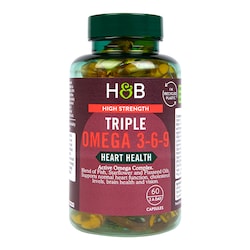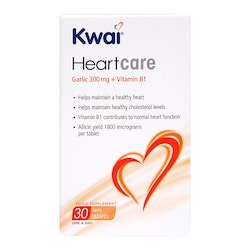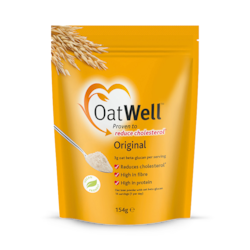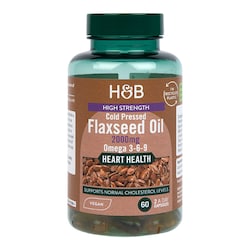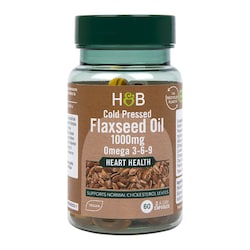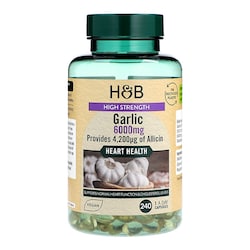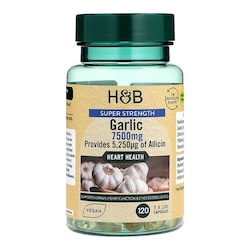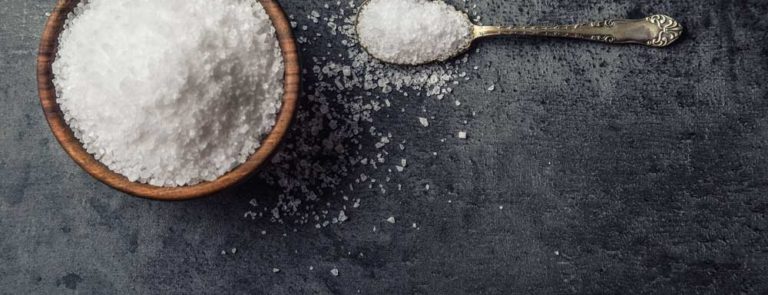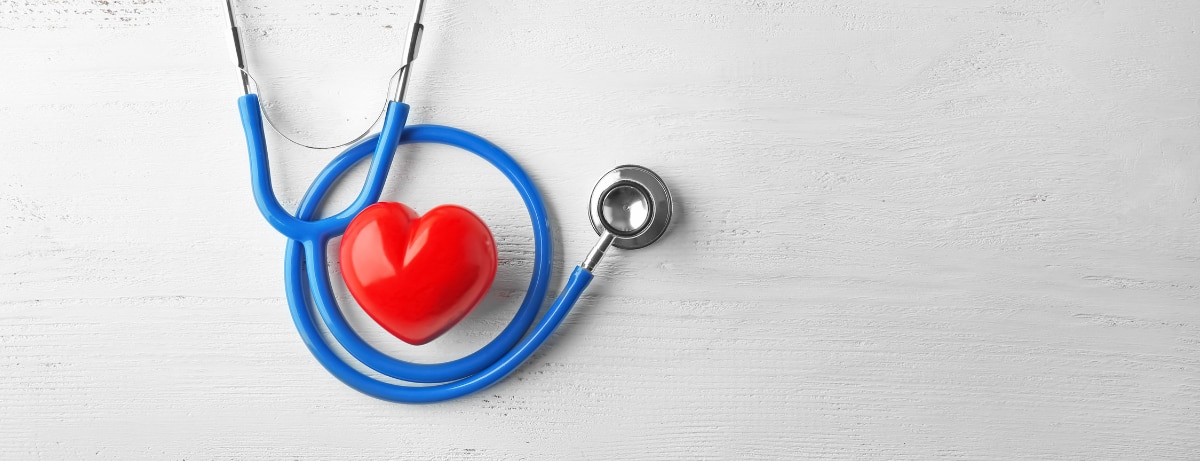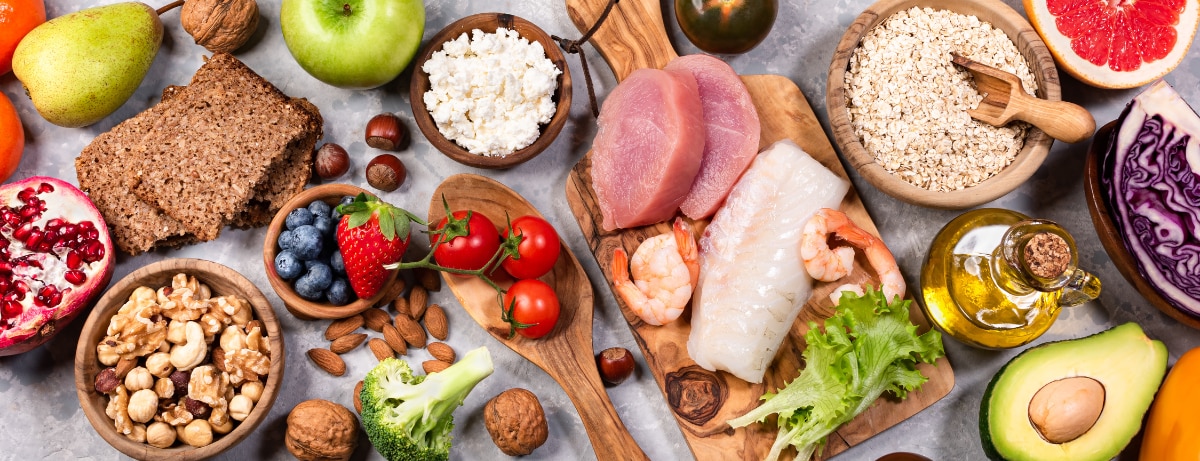20% off £30
Code:QUICK
What is cholesterol?

Find out about cholesterol’s role in the body, why it’s so important for our health and how to get the right balance.
Good cholesterol. Bad cholesterol. High cholesterol. You have probably heard these terms banded around the health and fitness world, right? And you may already have some idea of what foods are ‘good’ and ‘bad’ for cholesterol levels, but do you actually know what cholesterol is?
Our in-house nutritionist, Alex, is here to explain what it does, why it’s important and how to get the right balance between ‘good’ and ‘bad’ cholesterol.
What is cholesterol?
Cholesterol is an essential compound made in the liver and plays a very important role in keeping you healthy. You can find it in every cell of your body and is a vital building block of the following:1- cell membranes
- vitamin D
- steroid hormones, like testosterone and oestrogen
- bile acid for digestion
What are HDL and LDL cholesterol?
When people think of cholesterol the two most common things you will hear is HDL cholesterol being your “good cholesterol” and LDL cholesterol being your “bad cholesterol”. However, HDL and LDL are not actually cholesterol – they are lipoproteins made up of protein and fat, which ‘package up’ the cholesterol your body makes naturally and send it where it needs to go via the bloodstream.High-Density Lipoproteins (HDL):
- also known as your “good cholesterol”, the main role of HDL is to bring cholesterol back to the liver for recycling.
- high levels in the body in comparison to LDL are associated with a lower risk of dying from cardiovascular disease (CVD).
- HDL also picks up cholesterol in blood vessels to make sure it does not stay there.
Low-Density Lipoproteins (LDL):
- also known as your “bad cholesterol”, the main role of LDL is to bring cholesterol to cells and peripheral tissues, like your skin, stomach, pancreas and prostate.
- although it has a bad rep, without LDL you would actually die! You need some LDL, as the body has the transporters for a reason. This is often overlooked in the medical world when talking about cholesterol. You need LDL.
So why is LDL considered the ‘bad cholesterol’?
If LDL brings more cholesterol to a cell than it needs, or is modified by inflammatory molecules or sugars, LDL particles are laid down on the inside of artery walls, forming fatty deposits. This builds up as plaque, which can narrow the arteries – a condition called atherosclerosis – and restrict blood flow. This can also make it hard for oxygen and other essential nutrients to get to our vital organs, such as the heart and brain. This leads to an increased risk of serious health conditions, including angina, heart attack and strokes.2 However, high cholesterol can’t be attributed to just LDL levels. A more sensitive measure of overall heart disease risk should take into account several factors, such as inflammatory markers like C-reactive protein, triglycerides, HDL cholesterol and the overall context of your diet. LDL on its own is still an accurate predictor of risk, but other things matter too!Where does cholesterol come from?
If your liver is healthy, it should be able to make all the cholesterol necessary for your body to function. However, some foods also contain cholesterol, like:- egg yolks
- kidneys
- prawns
What is high cholesterol?
This is when doctors consider your total blood cholesterol or your LDL levels to be excessively high for your sex, age and weight. Blood cholesterol is measured in millimoles per litre of blood (mmol/L), and, according to the NHS, ideal levels should, generally, be:3- total cholesterol – 5mmol/L or less for healthy adults, and 4mmol/L or less for high risk adults
- LDL – 3mmol/L or less for healthy adults, and 2mmol/L or less for high risk
- HDL – above 1mmol/L
What causes high cholesterol levels?
A myriad of factors can cause high cholesterol, including:A high cholesterol diet
A lot of our favourite (and often unhealthy) foods, contain high levels of cholesterol – so most people eat it unintentionally. However, it’s not usually the cholesterol in these foods that contributes to high cholesterol levels – we know it’s confusing – bear with us! These high-cholesterol foods also are often high in saturated fat, like:- animal fats: butter, ghee, margarines and spreads made from animal fat, lard, dripping and suet.
- fatty / processed meat: burgers, hot dogs, sausages, fatty cuts of beef, pork and lamb
Other causes of high cholesterol
High cholesterol isn’t only about the saturated and trans fats in our diets. The following also raise your risk of having high cholesterol levels:5,6- lack of exercise – it can raise your level of LDL cholesterol in particular
- being overweight or obese – it increases your risk of having high LDL cholesterol, and low HDL
- regularly drinking a lot of alcohol – it increases cholesterol levels and can lead to low HDL. However low to moderate consumption of alcohol may actually improve HDL, so don’t be afraid to have the occasional drink!7
- smoking – a chemical in cigarettes (acrolein) blocks HDL from transporting cholesterol away from cells to the liver
What are the symptoms of high cholesterol?
Unfortunately, just as with high blood pressure, there are usually no symptoms or signs of high cholesterol until you experience a medical emergency, like a stroke or heart attack.9How to check your cholesterol levels
Ask your GP about having a cholesterol test. Many pharmacies also offer the service and there are home-testing kits. Once you’re over 40, get your cholesterol levels checked every five years, or when medically advised.10How to lower cholesterol levels
Medication can help, but it’s also important to make healthy lifestyle changes:- lose weight if appropriate
- exercise regularly – the NHS recommends 150 minutes of moderate-intensity exercise a week to lower cholesterol11
- don’t smoke and moderate your alcohol consumption
- eat less saturated fats, eat more unsaturated fats and get plenty of omega 3 fatty acids – read more about this below
What foods can help lower cholesterol?
So, now we know that not all cholesterol or fat is bad, it’s important to know which foods we should be eating to fuel our bodies with the fat it needs. Having the right balance of HDL to LDL in your body is important for normal cardiovascular health. Here’s a list of foods that are high in heart-healthy unsaturated fats which can help lower LDL cholesterol and raise HDL cholesterol12Extra virgin olive oil: not only does the Mediterranean favourite, olive oil, taste good, it is also full of heart-healthy HDL. So, get drizzling it over your salads and using it to cook your favourite dishes (when cooking at low temperatures). Olive oil also contains the polyphenol oleic acid which can help with reducing the rate at which your bad cholesterol is oxidised.
Whole grains and legumes: whole grains and legumes like oats, brown rice, wheat, bulgur wheat, corn, beans and lentils contain good amounts of both soluble and insoluble fibre.
Soluble fibre has been shown to help lower cholesterol by taking it out of the bloodstream and into the liver to be recycled – a great example is beta glucan in oats (3g Beta Glucan per day is recommended).
Oily fish: fatty fish like sardines, herring, anchovies, salmon, trout, tuna and mackerel are rich in omega-3 fatty acids, which has been seen to increase HDL in the blood. A 2017 study in Nutrients reported omega-3, found in oily fish and fish oil supplements, may help reduce cholesterol levels.13
Flaxseed: also known as linseeds, flaxseeds are a vegan-friendly fat source, also rich in omega-3, so get sprinkling them over your cereals and salads and mixing them into your smoothies. They can reduce LDL-cholesterol concentrations in the blood.
Nuts: eating tree nuts like walnuts, pistachios, macadamia nuts, pecans, cashews, almonds, hazelnuts and Brazil nuts has been shown to lower total cholesterol.
Chia seeds: another great source of omega-3, chia seeds can help to lower the cholesterol in your blood. Leave them to soak into soya milk or other plant milks overnight for chia seed pudding, sprinkle over fruit salads or mix them into your morning smoothie.
Avocado: avocados are rich in monounsaturated fat and full of fibre, this is why they have been seen to increase HDL in our bodies.
A final word
As we have discussed already, diet is key when it comes to lowering your cholesterol - as the type and quantity of fat in your diet influences how your body uses its natural cholesterol. Too much saturated fat and not enough ‘good’ fats can cause an excess of cholesterol being retained behind your arterial wall (not in them, your arteries aren’t like a pipe!) where it can build up and cause problems for your body, especially your cardiovascular system. Eating a healthy diet full of fruit, vegetables, protein and healthy fats combined with regular exercise can help to reduce cholesterol levels and keep them down. Here’s an upper body workout, lower body workout and full body workout that can help you maintain lower cholesterol levels, and some cholesterol-friendly recipes, too:- Vegan 3 Bean Chilli
- Fruit Salad with Fat-Free Greek Yoghurt
- Smashed Avocado on Wholegrain Rye with Spinach and Edamame Salad
Advice is for information only and should not replace medical care. Please check with your GP before trying any supplements


